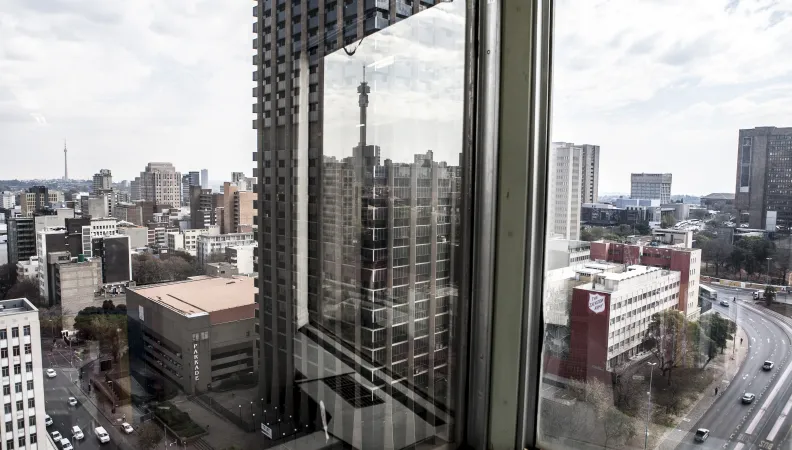Share the page
Improve the supply of affordable housing in urban centres
Project


-
Project start date
-
Status
Completed
-
Project end date
-
-
AFD financing amount
-
€ 20 000 000
-
Country and region
-
Location
-
Afrique du Sud
-
Type of financing
-
Beneficiaries
-
NHFC
AFD supports the South African government’s housing policy, by providing the National Housing Finance Corporation (NHFC) with a concessional loan to increase its low-cost rental housing offering.
Context
Between 1994 and 2007, the South African government built about 2.3 million assisted housing units, giving 9 million people access to decent housing. As of March 31, 2007, 1.9 million low-income families had received a grant from the South African government, under one of its assisted housing schemes, to improve their housing conditions.
However, according to the last activity report of the Ministry of Housing, the number of families waiting for a suitable housing solution would now be 2.2 million (beginning of 2007).
Since September 2004, the Government has been advocating the diversification of housing production tools, particularly through the development of rental solutions. In an emergency context, the government set important production targets in 2011: 80,000 social rental housing units must be delivered in 4 years, of which 24,000 by Social Housing Institutions and 25,000 by the private sector.
Description
The project main areas of work include:
- Providing financial support to NHFC via a EUR 20m concessional credit line;
- Contributing to the development of a public policy focused on the supply of assisted rental housing;
- Promoting the financing of real estate projects with high urban and social added value: social rental housing in urban areas, close to employment and / or transport pools, in social and functional mix.
Impacts
This project led to the rehabilitation of 34 buildings in central Johannesburg (Central Business District or "CBD") and the creation of 1,771 social housing units (all occupied today) for 6,728 people. Beneficiary households have incomes between R 7,500 and R 15,000 (EUR 576 and 1,150). In addition, 32 companies (1 financial intermediary and 31 private donors) benefited from the financing.
The city centers of major South African cities, such as Johannesburg, have experienced a period of disinvestment and degradation until the last years. The implementation of building and neighborhood renovation policies can once again attract residents, tourists, businesses and investors for a revitalization of the urban space.
The project promoted the social and economic integration of housed families, who were able to establish themselves close to employment areas and access a local transport network. These areas have a high urban density to reduce the demand for urban mobility, fight against urban sprawl and minimize infrastructure costs, both in investment and operation.


